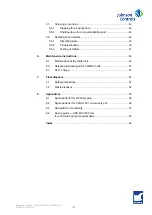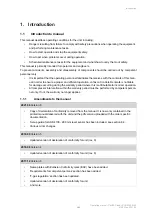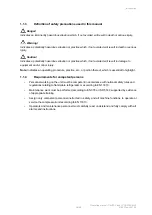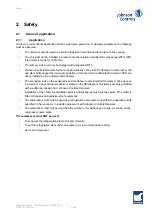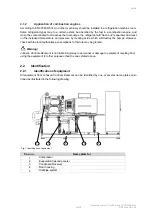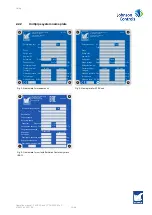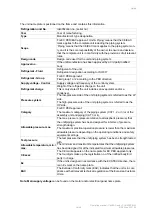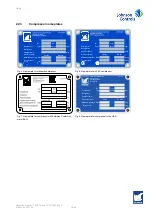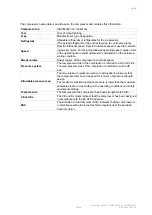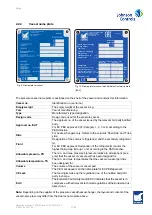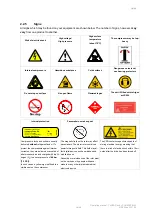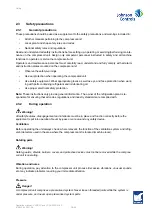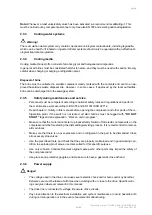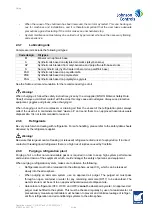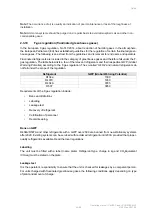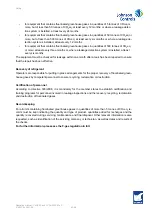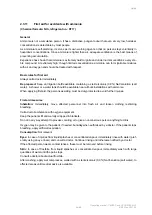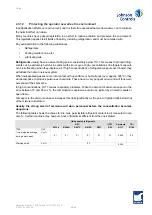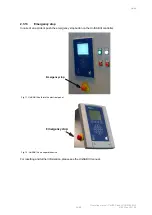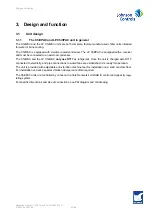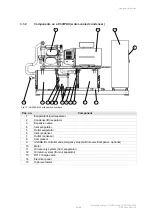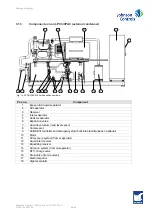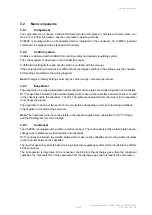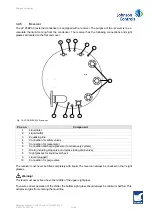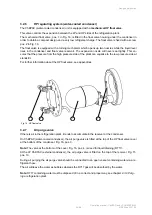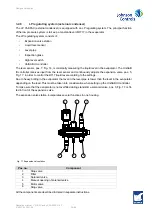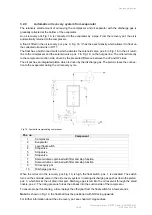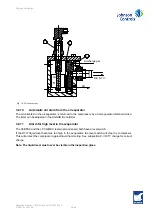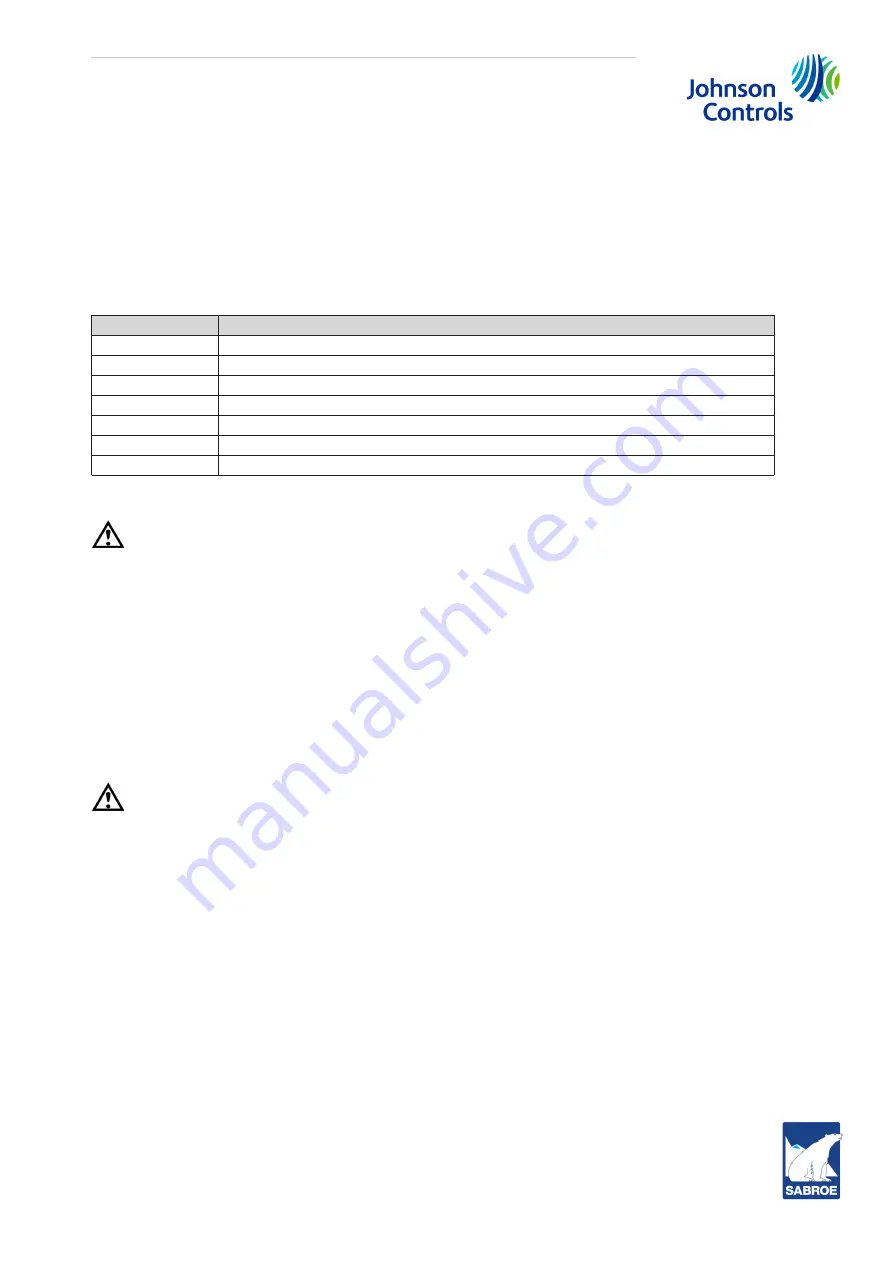
Operating manual - ChillPAC and LP ChillPAC Mk 3
010823 en 2021.06
21/68
•
When the cause of the shutdown has been removed, the motor may restart. This can be danger-
ous for machines and installations, and it is therefore important that the user takes adequate
precautions against restarting if the motor makes an unscheduled stop.
•
System maintenance must always be carried out by personnel who have the necessary training
and experience.
2.3.7
Lubricating oils
Compressor oils include the following oil types:
Code design
Oil types
M
Mineral oil, naphtenic base
A
Synthetic oils based on alkylated aromatics (alkyl-benzene)
AP
Synthetic oils blended from alkyl-benzene and poly-alfa-olefin base stocks
S
Semi synthetic oils (hydro-treated mineral oil on paraffinic base)
PAO
Synthetic oils based on poly-alfa-olefin
POE
Synthetic oils based on polyol esters
PAG
Synthetic oils based on polyalkylene glycols
See the Sabroe oil recommendation for the recommended type of oil.
Warning!
When charging oil, follow the safety instructions given by the oil supplier (MSDS: Material Safety Data
Sheet). Always avoid direct contact with the oil as this may cause skin allergies. Always use protective
equipment, goggles and gloves, when charging oil.
When changing oil on the compressor or draining oil from the vessel of the refrigeration plant, always
collect the used oil in containers marked “waste oil,” and send them to an approved hazardous waste
disposal site. It is not recommended to reuse oil.
2.3.8
Refrigerants
Be very careful when dealing with refrigerants. For safe handling, please refer to the safety/data sheets
delivered by the refrigerant supplier.
Warning!
Be aware that large amounts of leaking (or released) refrigerant entail a risk of asphyxiation. If in direct
contact with leaking liquid refrigerant, there is a high risk of injuries caused by frostbite.
2.3.9
Purging a refrigeration plant
Purging of air or other non-condensable gases is required in order to keep high system performance
and avoid corrosion of the equipment, which could endanger the safety of persons and equipment.
When purging a refrigeration system, make sure to observe the following:
•
Refrigerants must not be released into the atmosphere, except CO
2
, which can be released
slowly into the atmosphere.
•
When purging an ammonia system, use an approved air purger. The purged air must pass
through an open container or water for any remaining ammonia (R717) to be absorbed. The
water mixture must be sent to an approved hazardous waste disposal site.
•
Halocarbon refrigerants (CFC, HCFC and HFC)
cannot
be absorbed by water. An approved air
purger must be fitted to the system. This must be checked regularly by use of a leak detector. All
precautionary measures practicable must be taken to prevent and minimise leakage of refriger-
ant from refrigeration and air conditioning systems to the atmosphere.

